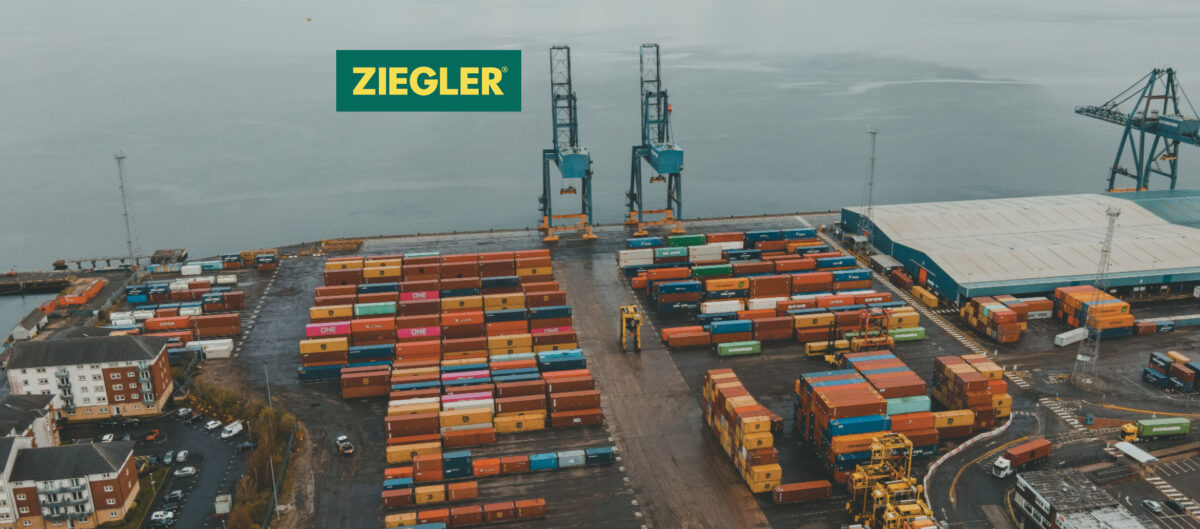
As the backbone of global trade, ocean freight commands 65% of the world’s freight traffic, outpacing road, rail, and air. In the wake of recent years’ historic surge in ocean freight rates, the question on everyone’s mind is: why the fluctuation?
The COVID-19 pandemic exposed the vulnerability of global trade when supply chains are centralized in certain regions of the world. As the economy picks up steam and demand rises, shipping has been struggling to keep up, resulting in rising ocean freight rates.
Terminal congestion, limited ship capacity, port personnel shortage, and a shortage of containers have all contributed to the skyrocketing rates, with the price of a 40′ container on the Asia/Europe route increasing almost 8 times from 2019 to 2022.
The blockage of the Suez Canal and the political situation in Europe only added to the already tumultuous landscape, leading to an increase in raw material prices and companies ordering in bulk to cover shipping costs and prepare for potential shortages.
Transport capacities have improved since then, and port congestion is less of an issue than it was in 2022. And the weakening global economy is slowing down China’s exports, making the once “lucrative” shipping routes (Asia/USA) less attractive, and forcing shipping companies to revise their transport plans and lower prices.
The introduction of new vessels in 2023 will increase the market’s transport capacity, but this increase will be offset by the withdrawal of older vessels and the need for shipping companies to comply with new IMO 2023 regulations.
We must wait for the arrival of the new ships ordered which will be put into circulation at the beginning of 2023 to estimate the impact on capacity and prices. The new standards that came into force on January 1, 2023 to limit toxic gas emissions will have an impact, as only 55% of the world fleet today met those standards previously.
Decarbonisation of shipping will take some ships out of commission as they are brought up to the new standards. Sailing more slowly is one factor that could slow down shipments and cause a rise in demand for capacity.
Looking ahead, predicting freight demand in the coming years remains a challenge. Tensions between carriers and shippers have been strained due to the significant rise in transport costs, but the tide is now turning in favour of shippers as demand decreases and shipping lines seek to fill their vessels.
We’ve already seen a drop in rates on most routes, and we can expect rates to stabilize back to pre-COVID levels at some point.
Throughout this unusual fluctuation, Ziegler Group is helping our customers to diversify their supply chains to be more resilient against future shifts, offering, among other things, alternative transportation methods from China to Europe, such as rail freight.
For personalized service and a reliable global partner that can support you through industry fluctuations, get in touch with us.